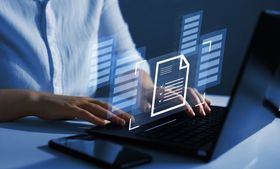POC System Answers
Experts answer your questions about logistics, system implementation, workflows and more to help you capitalize on your dynamic space.
Recent Answers
Space Utilization Analysis: What It Is & Why It Matters
Space utilization analysis can help you learn how to maximize your existing space. Instead of relying on guesswork, you get the precise data you need to determine how and when different areas are bein
Asked 2 years ago
Ultrasonic vs. PIR Sensors: Which Is Best for Your Workplace?
Are you looking for simple ways to optimize your office space? Perhaps you want to start by automating certain processes, so you're looking to install an indoor motion detection system to control temp
Asked 2 years ago
Rearrange Your Office Space With Space Utilization Data
Space utilization measures how well an office or commercial workspace is used. Knowing this information can help you understand what kind of improvements you need to make to optimize your workspace an
Asked 2 years ago
Utilization Rate Calculation: Get the Most Out of Your Space
Space utilization is the process of measuring how efficiently an organization uses its available workspace. You can calculate your space utilization rate using this formula: Space utilization rate = T
Asked 2 years ago
Office Space Cost per Employee: Making the Most of Your Budget
Although having an office space is often a necessary business expense, it can quickly become one of the costliest aspects of running your company. This is because the traditional workplace comes with
Asked 2 years ago
Related Articles

Filip Dimkovski
3 Dynamic Office Designs for Flexible Workspaces
Recent Posts
Filip Dimkovski
3 Dynamic Office Designs for Flexible Workspaces
Filip Dimkovski
Space Utilization: From Calculation to Optimization
Filip Dimkovski



